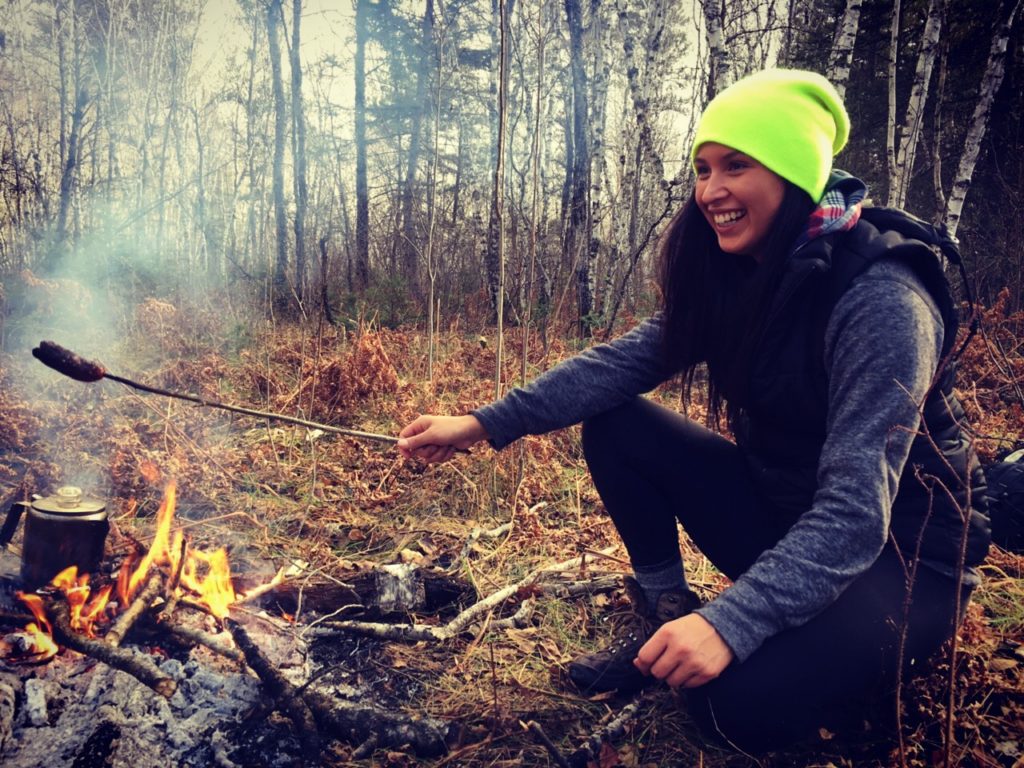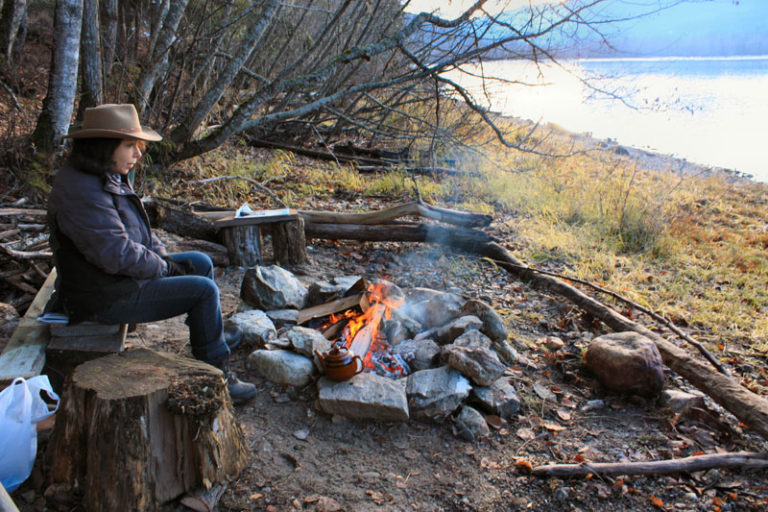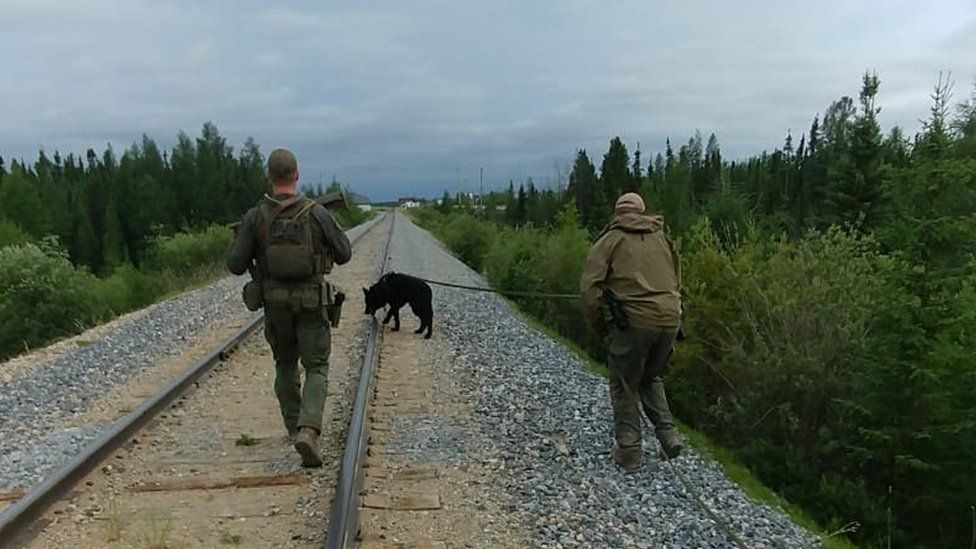Navigation and Orientation:

Learn Map Reading and Compass Usage: Familiarize yourself with topographical maps and how to use a compass to navigate in the wilderness.

Identify Natural Landmarks: Study the surrounding landscape for prominent natural landmarks like mountains, rivers, or rock formations to help guide your orientation.

Use the Sun or Stars: Observe the position of the sun during the day and the stars at night to help determine your direction.
Leave Markers: If moving through dense terrain, leave markers or signs along your path to help you retrace your steps if needed.
Finding Water and Food:
Identify Water Sources: Look for rivers, streams, or lakes. If unavailable, dig shallow holes near riverbanks or in low-lying areas to collect water.
Purify Water: Boil or filter water to remove harmful bacteria and parasites.
Find Edible Plants: Study common edible plants and berries in the Canadian wilderness to supplement your food supply.
Hunt or Fish: If you have the necessary skills and equipment, hunt for game or fish in the area.
Building Shelter:
Assess Your Surroundings: Consider your location, weather conditions, and available materials.
Choose a Proper Site: Select a flat, well-drained area protected from harsh winds and potential flooding.
Construct a Basic Shelter: Build a simple lean-to shelter using natural materials such as branches and leaves, or use a tarp if you have one.
Insulate Your Shelter: Cover the shelter with insulating materials like leaves or moss to protect against cold and moisture.
Starting a Fire:
Gather Dry Tinder: Find dry leaves, twigs, and small pieces of wood to start your fire.
Use Fire Starter: If available, use a fire starter or matches to ignite the tinder.
Build a Fire Structure: Use rocks or logs to build a simple fire structure that allows air to circulate and keeps the fire contained.
Monitor Your Fire: Keep an eye on your fire to ensure it doesn’t spread out of control.
Signaling for Help:
Use Signaling Devices: If you have a whistle or a mirror, use them to signal for help.
Create Signal Fires: Build large signal fires in open areas to attract attention from a distance.
SOS Signal: Create an SOS signal using rocks, branches, or anything visible from the sky.










